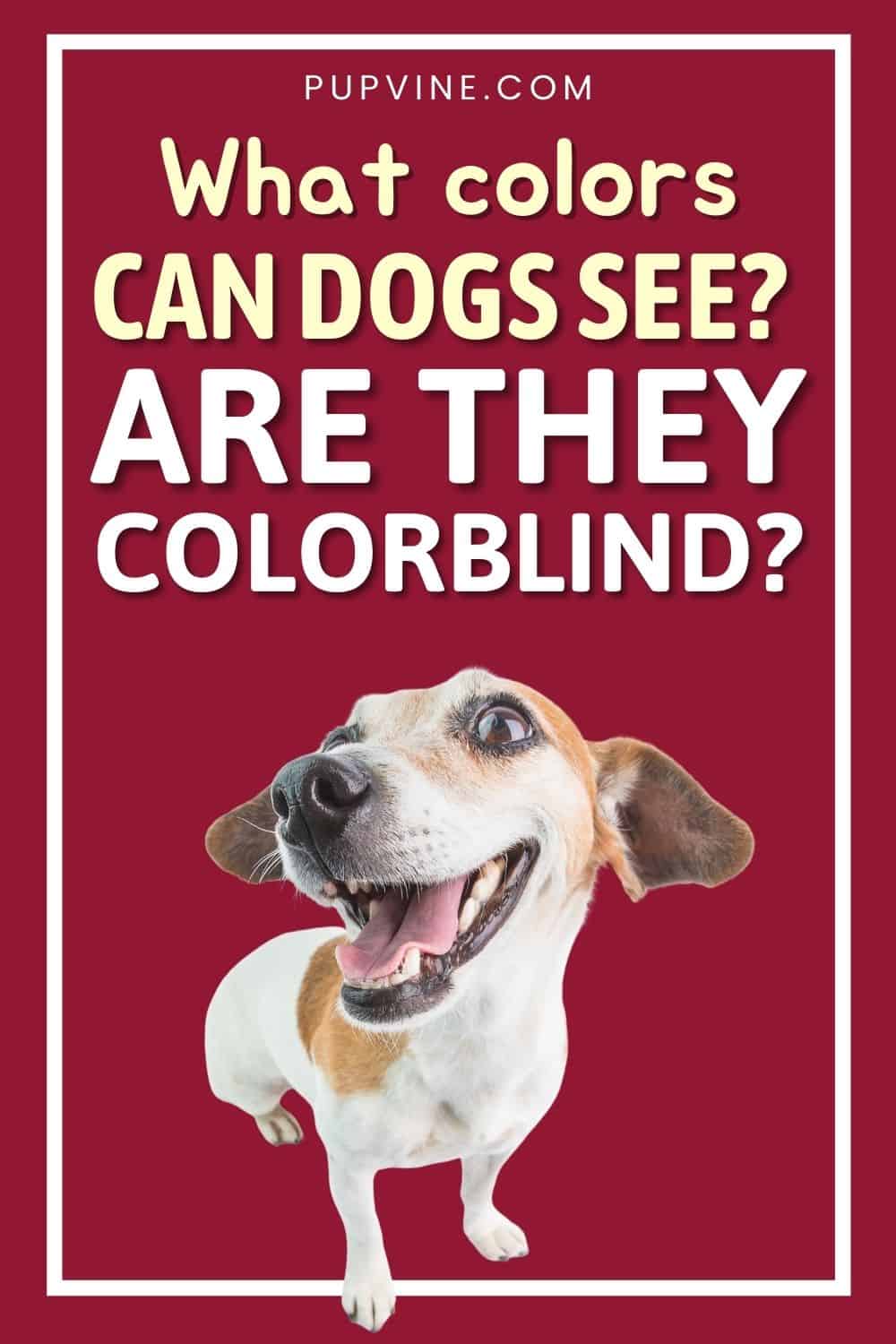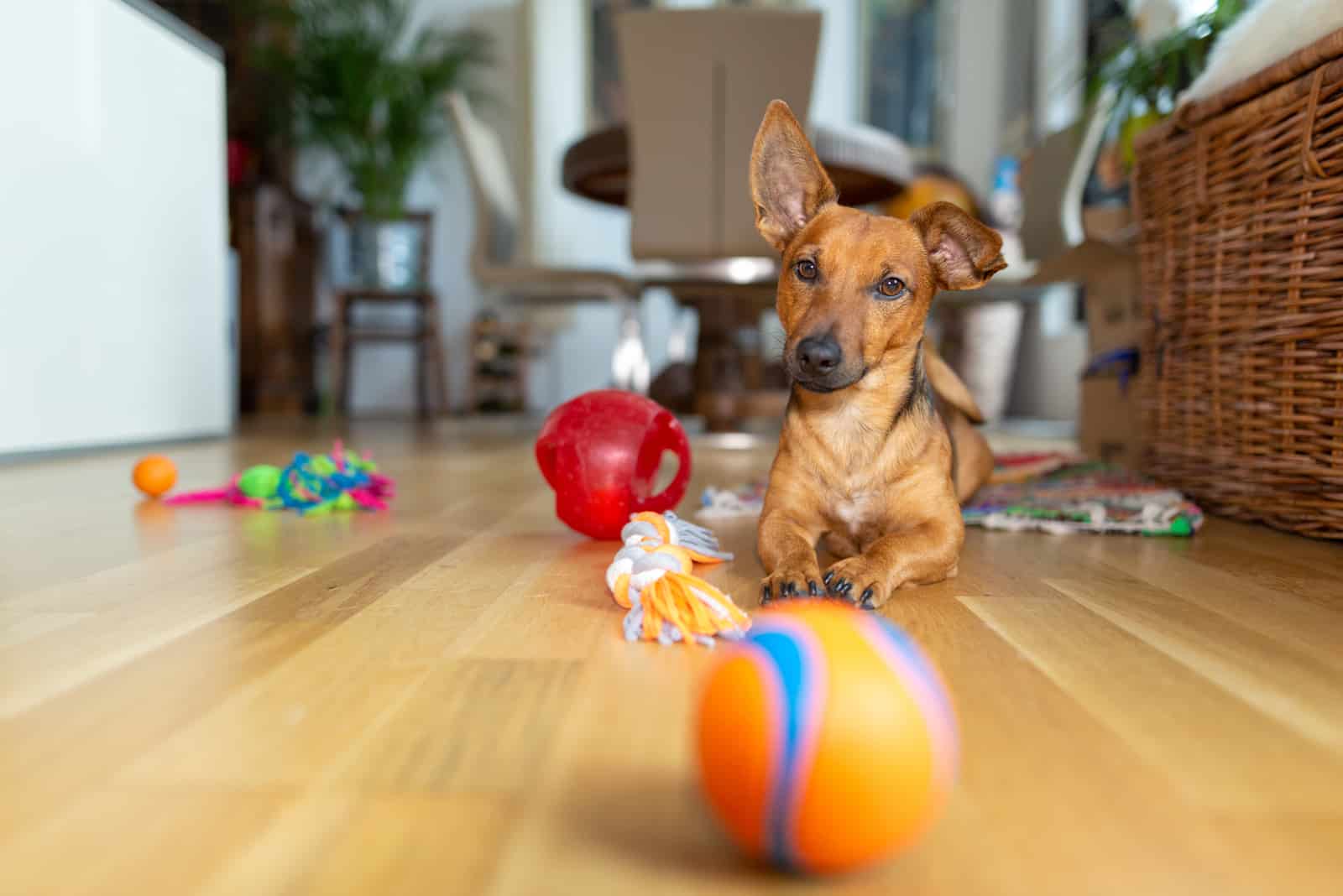
Thế giới có đầy màu sắc cho những người bạn chó của chúng ta như đối với chúng ta không? Làm thế nào để chó cảm nhận màu sắc và tại sao? Nếu bạn đã từng bị làm phiền bởi những câu hỏi này, bạn đã đến đúng nơi để có câu trả lời.
Chó có thể không có khả năng phân biệt màu sắc như chúng ta, nhưng thế giới của chúng không buồn tẻ như một số người tin.
Bạn không nên cảm thấy tồi tệ khi chú chó của bạn bỏ lỡ một số màu sắc thú vị vì các giác quan khác của chúng cực kỳ phát triển. Khứu giác của chúng tốt hơn chúng ta từ 10.000 đến 100.000 lần và chúng có thể nghe thấy âm thanh ở tần số cao hơn nhiều, lên tới 45.000 Hz.
Tại sao chúng ta thấy màu sắc?

Khi ánh sáng chiếu vào một vật thể, một phần của nó được phản xạ trong khi phần còn lại được hấp thụ. Các vật thể khác nhau phản xạ các bước sóng ánh sáng khác nhau, sau đó đi vào mắt chúng ta, nơi nó sẽ được xử lý và cảm nhận là màu sắc.
Màu sắc mà một con vật có thể nhìn thấy phụ thuộc vào cách mắt chúng hoạt động và cách não xử lý thông tin được gửi đến nó.
Phạm vi màu sắc chúng ta có thể cảm nhận được xác định bởi các tế bào cảm quang trong võng mạc, một lớp mỏng bên trong ở phía sau mắt. Có hai loại tế bào cảm quang: que và hình nón.
Thanh cho phép chúng ta nhìn thấy trong ánh sáng yếu, trong khi các hình nón làm cho tầm nhìn màu sắc có thể.
Mỗi hình nón được kích thích bởi các bước sóng ánh sáng dài, trung bình hoặc ngắn. Điều đó có nghĩa là chúng có thể nhạy cảm với ánh sáng đỏ, xanh dương hoặc xanh lá cây.
Chó có bị mù màu không?
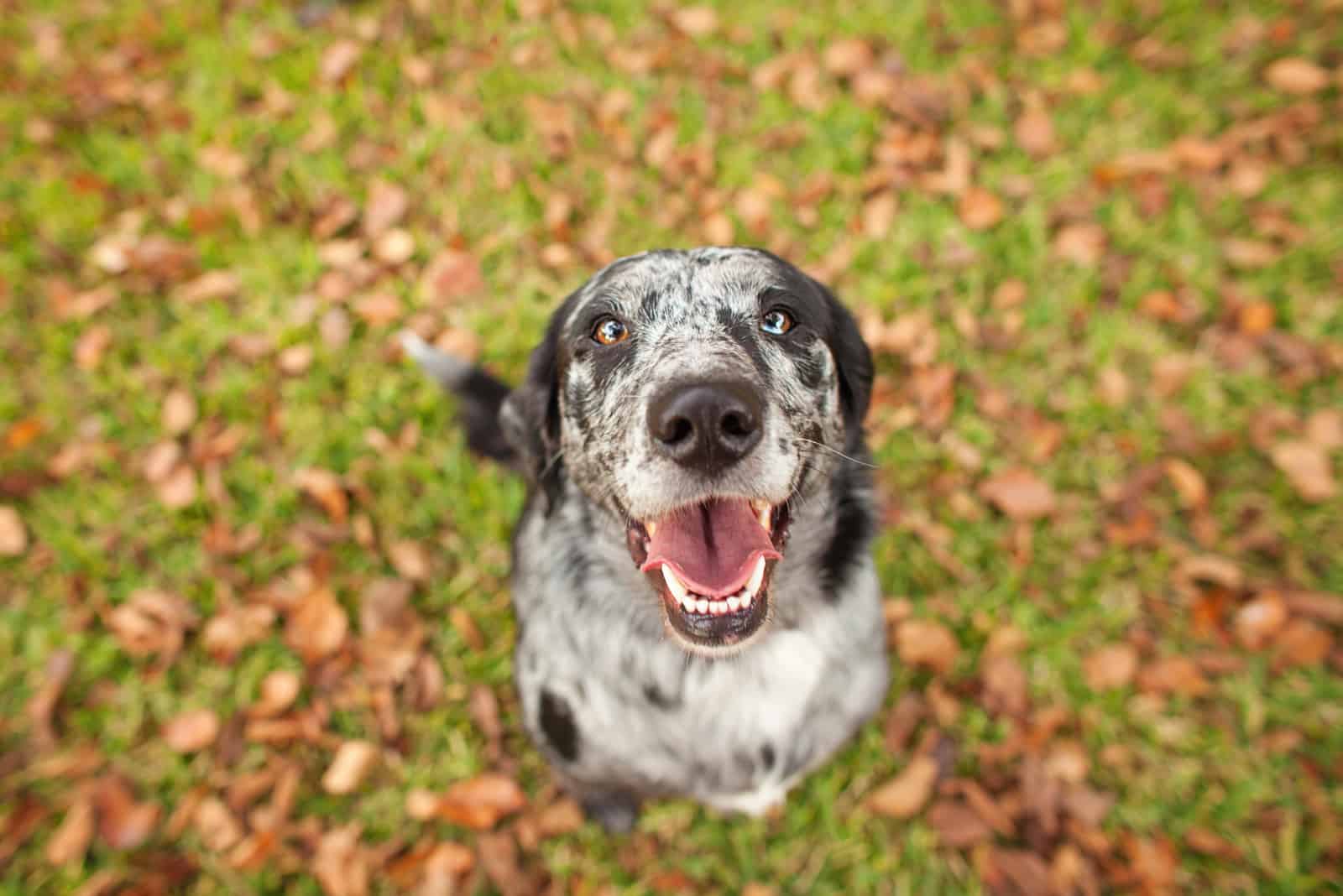
Due to the lack of red cones, dogs can’t distinguish between the shades of red and orange, which does make them colorblind.
Colorblindness is a vision deficiency that occurs when one type of color receptors is missing from the retina. Dogs are dichromatic, meaning they only have two types of cone cells, blue and green.
There are different types of color blindness:
1. Protanopia
2. Deuteranopia
3. Tritanopia
4. Achromatopsia
The first type, defined by the absence of red cones, is the one that dogs have. Deuteranopia, on the other hand, is characterized by the lack of green cones.
These two conditions are commonly referred to as ”red-green color blindness,” which is the most common type in humans. Therefore, people who suffer from it know a bit about what the world looks like through a dog’s eyes.
The opposite is tritanopia, also called ”yellow-blue color-blindness,” which makes it impossible to distinguish between yellows and blues.
A popular misconception that a dog’s vision is black and white might be due to the existence of achromatopsia, a rare condition where two or all three cone types are missing, thus severely limiting color perception.
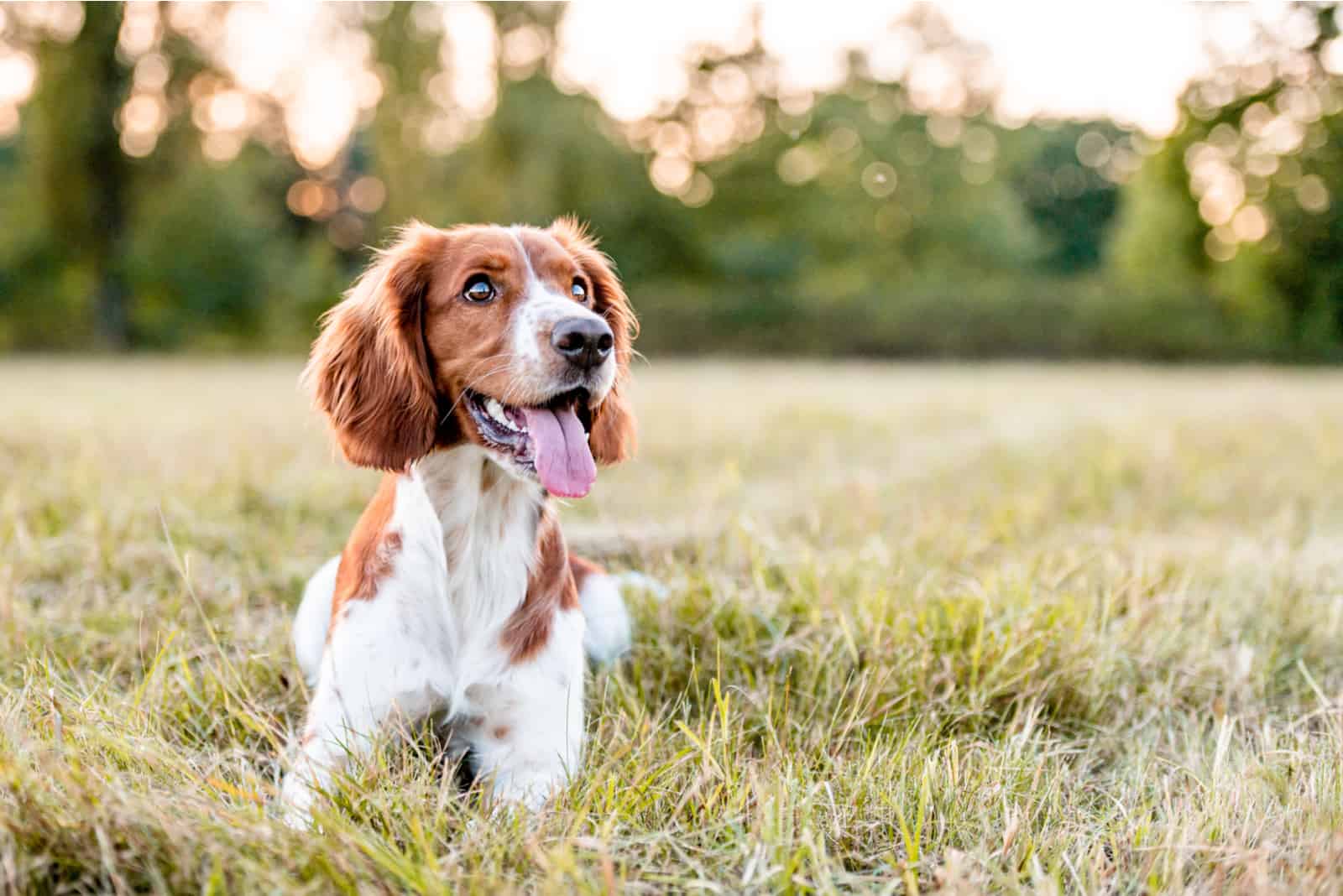
We’ve determined that, even though their color spectrum is not as wide as ours, dogs do see different colors.
A dog’s world is not in endless shades of gray, as many believe, but rather various shades of blue and yellow. Like you, they can enjoy the blue of the sky on a clear summer day, but they’ll find a red rose impressive only in smell.
Instead of the standard colors of the rainbow that we’re used to, a dog would see a spectrum ranging from dark blue, light blue, and gray to pale yellow, brown and dark grey.
This has been proven by many different tests on the visual capacity in dogs done in the last few decades.
Dogs have the most difficulty distinguishing objects in red, orange, and green hues from their surroundings.
These types of color to them look like different variations of brown or blue-gray. However, they see blue and yellow the same way we do.
Knowing this can be helpful to dog owners when shopping for dog things. Yellow or blue dog toys are usually more exciting to them, as they can recognize them without any trouble.
On the other hand, a dog can easily lose sight of a red ball in the green grass during a game of fetch.
How do we know what colors dogs see?
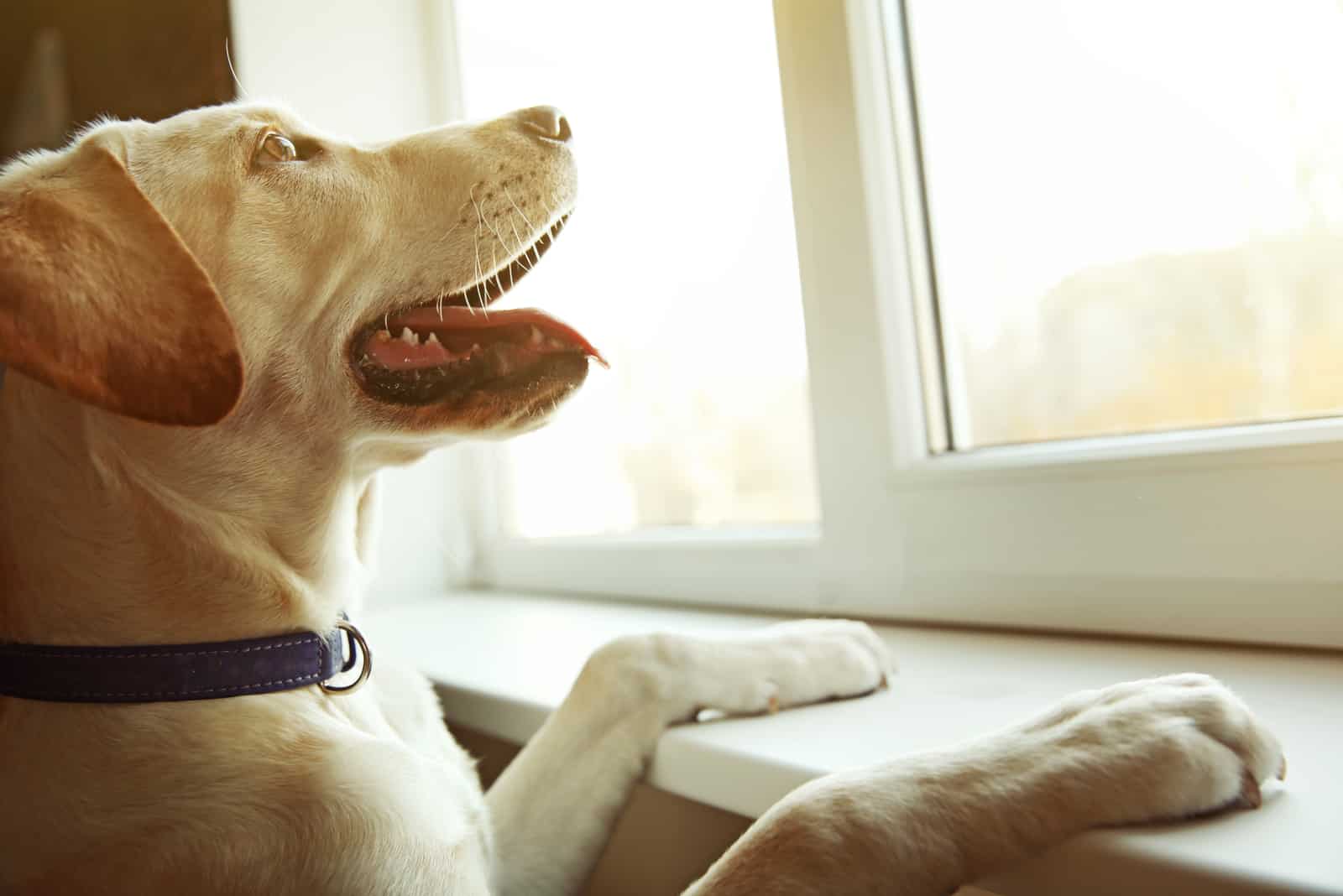
There are two main reasons why we know what colors dogs can see:
1. The results of different tests done on dog vision over the years show it;
2. Because we have an understanding of how the sense of sight works.
Dogs may not be able to tell us in words what exactly they see, but they can show it with their actions.
Researchers conducted many color vision tests to determine whether dogs are capable of chromatic discrimination.
One of these tests included teaching dogs to pick between three different colored circles to see if they could tell them apart.
Dogs would fail the task when shown colors they are not able to distinguish. However, when they were presented with hues they could differentiate, they would consistently perform well.
To ensure that the brightness wasn’t leading the dogs to the right answer, they tested them consistently using different shades of colors.
This made it clear once and for all that dogs do recognize some colors, though not as many as we do.
There’s another reason why we can claim to know what colors dogs see. It’s the fact that we understand how vision works.
By studying the anatomy of both human and dogs’ eyes, scientists have been able to explain what makes us see the world as we do.
Understanding the functions of different cones in the retina leads to the conclusion that a lack of red cone cells makes it impossible for dogs to see red, orange, and green hues the way humans do.
Why do dogs see the way they do?
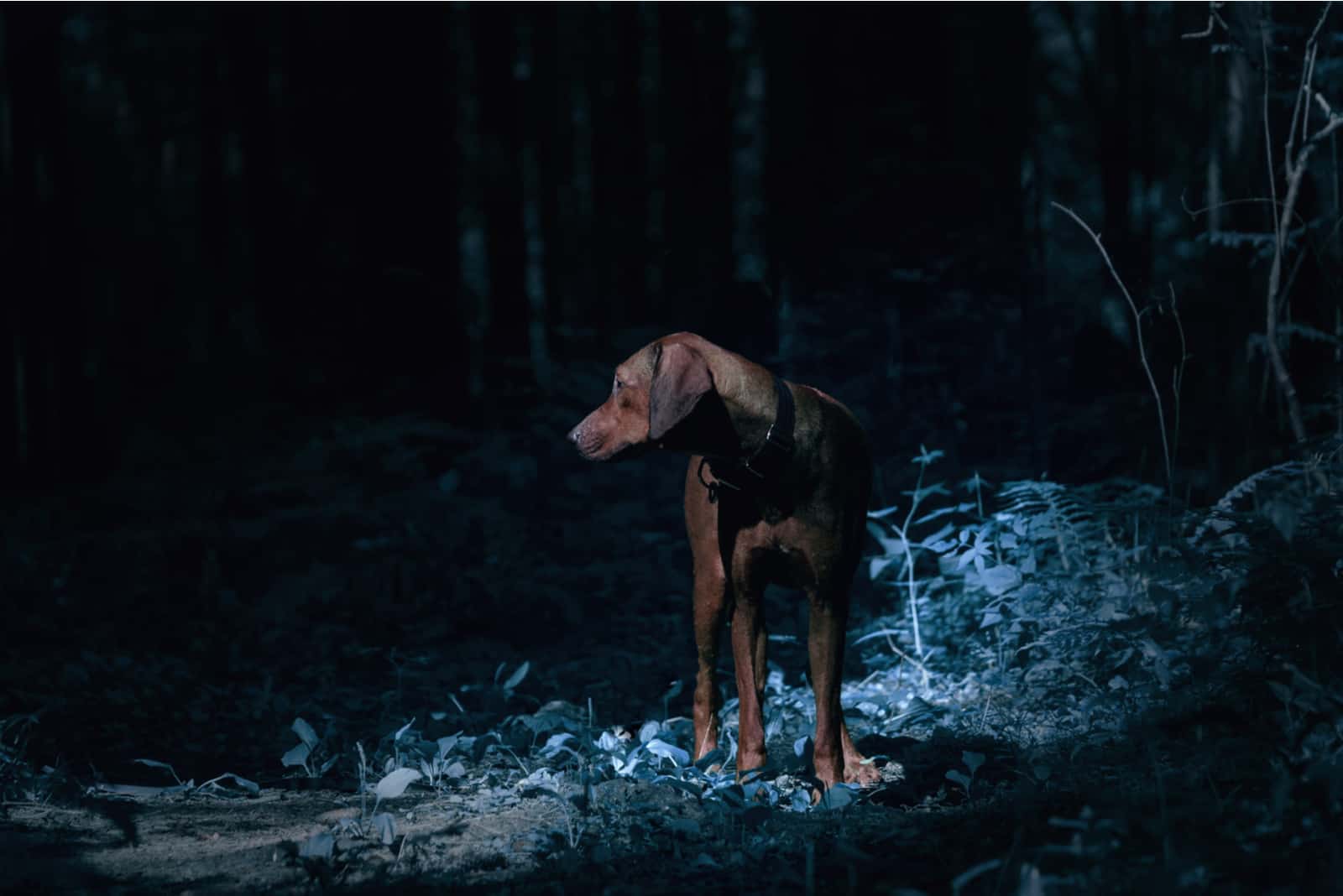
Dogs see the way they do mostly because the characteristics that improve nocturnal hunting were prioritized during their evolution.
Since the first dogs were domesticated from wolves thousands of years ago, many of their physical and character traits have evolved to better fit living alongside humans.
Nevertheless, some of their original instincts were passed down through generations and are still present in the dogs of today. This is why we train puppies to make them adjusted to living with us.
The fight for survival, which caused these instincts to develop, is why their sight is the way it is.
Dogs’ ancestors were nocturnal hunters, which means a good night vision was essential to keep them fed and alive. This explains why dogs are more sensitive to light and motion than color.
Color recognition is not very important in dim light, so it was a fair trade-off.
The Dog’s eyes adapted in other ways as well to make them better hunters. Having a reflective membrane called tapetum and large pupils that dilate widely helps them see prey better at night.
Not all dog breeds have the same visual capacities; some see better and some worse than others. It’s possible that people played a role in this by selective breeding.
Some visually-directed behaviors were seen as desirable in dogs bred for specific purposes like hunting or herding, which is why dogs that exhibited them were chosen for the breeding process.
A good example of this is are Sighthounds, who primarily use speed and sight for hunting.
Dog vision vs. human vision

Dogs and humans see the world quite differently, not only in color but in brightness and clarity as well.
The main reason for this is that we have different eye structures, which were developed according to evolutionary requirements for each of our species.
Human eyes have more cone photoreceptors in the retina, and dogs have more rods. That is why we can perceive more color variations than our furry friends.
A dog’s vision is dichromatic, meaning they only have two types of cone cells, while the normal vision in people is trichromatic.
Having more rod cells enables dogs to see better in the dark. They are by nature crepuscular animals, so a good night vision is a much more critical survival tool than the ability to discern colors. Their night vision can make them see things we cannot, keeping them awake during the night.
On the other hand, we are more active during the daytime when color recognition comes in handy.
The quality of dogs’ night vision is improved by having an extra layer of eye tissue called tapetum lucidum. Its function is to reflect light into the retina, making it easier to see in the dark. It’s because of tapetum that dogs have shiny eyes.
Since rods are also responsible for detecting motion, our pups have better motion visibility than us.
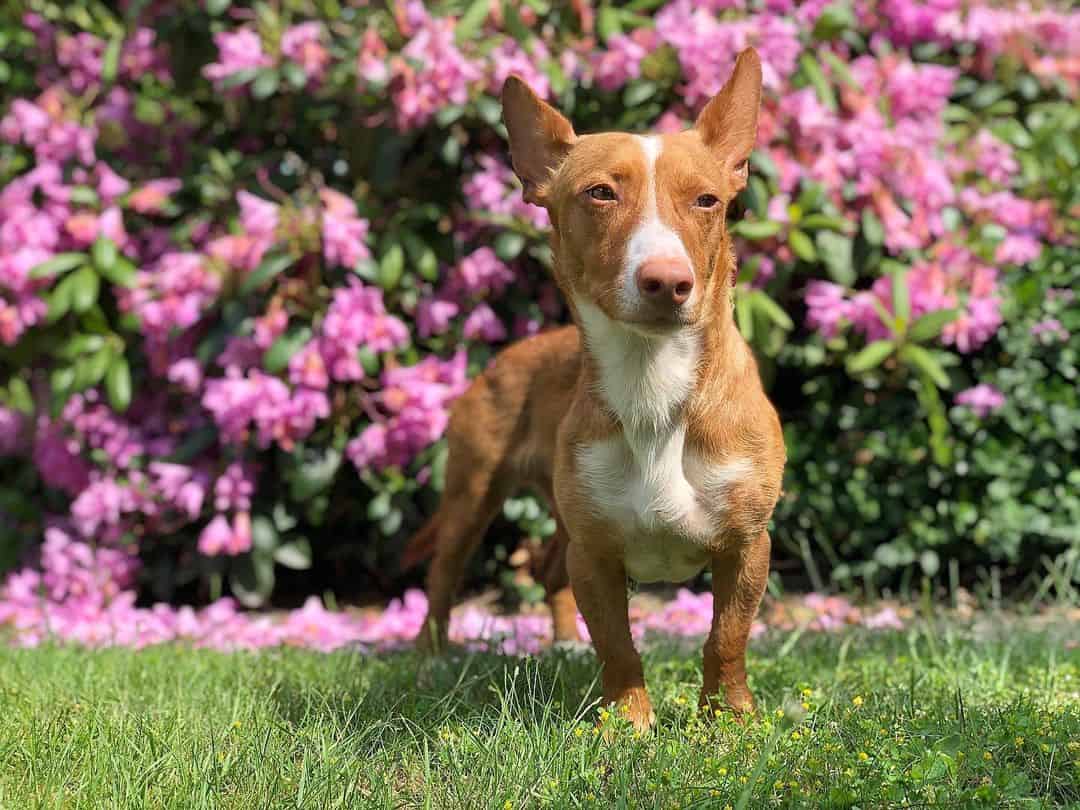
Ảnh từ @dogggnation
Rõ ràng tầm quan trọng của việc tổ tiên của chó nhận thấy ngay cả những chuyển động nhỏ nhất trong tự nhiên đối với cả việc bảo vệ và săn bắn. Bản năng này hiện diện ở những chú chó con của chúng ta ngày nay, đó là lý do tại sao chúng có thể dễ bị đuổi theo một số vật thể chuyển động nhất định như ô tô hoặc xe đạp.
Chúng tôi có nhận thức sâu sắc tốt hơn so với những người bạn đồng hành lông lá của chúng tôi.
Chó có xu hướng cận thị hơn chúng ta. Thị lực của họ, khả năng phân biệt hình dạng và chi tiết, là khoảng 20/75. Đó là lý do tại sao con của bạn có thể gặp khó khăn trong việc nhận ra bạn từ xa.
Điều này là do mắt của chúng được đặt cách xa nhau hơn chúng ta, khiến chúng ít bị chồng chéo thị giác hơn. Sự chồng chéo hai mắt ở người là khoảng 140 độ, nhiều hơn mức trung bình từ 30 đến 60 độ ở chó.
Vị trí mắt trên đầu có thể làm cho tầm nhìn của chó kém hơn chúng ta, nhưng nó mang lại cho chúng tầm nhìn ngoại vi tốt hơn.
Trường nhìn của một con là 240 độ, trong khi của chúng ta chỉ là 180. Một có thể nhận thấy một cái gì đó di chuyển ở xa, ngay cả khi nó ra khỏi khóe mắt của chúng. Đó là một trong những điều khiến họ trở thành những người bảo vệ tốt như vậy.
Bài viết liên quan: Chó có linh hồn không
